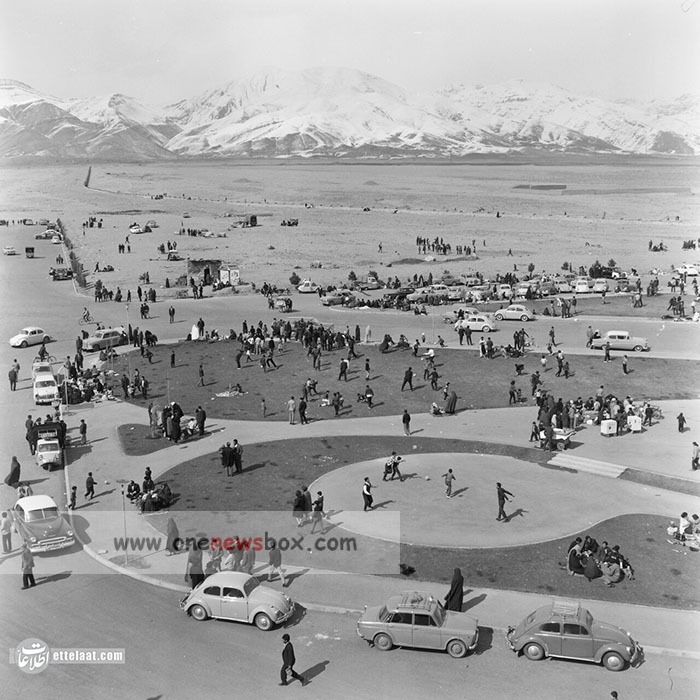Sizdeh Bedar in Modern Homeland
Today, Sizdeh Badr remains a cherished holiday in Iran. On this day, streets and highways leading to parks and picnic areas are filled with families eager to spend time outdoors. The government and environmental organizations often use this occasion to promote conservation efforts and encourage responsible enjoyment of nature.
Despite changes in lifestyle and urbanization, Sizdeh Badr has retained its cultural significance. It serves as a reminder of the deep connection between Iranians and nature, reinforcing values of renewal, gratitude, and togetherness. While its historical origins may be debated, its role as a joyous conclusion to the Nowruz festivities is undisputed.
Conclusion
Sizdeh Badr is a vibrant and meaningful celebration that has stood the test of time. Rooted in ancient customs and evolving through generations, it reflects the Iranian people’s reverence for nature and communal harmony. Whether viewed as a day to dispel bad luck, honor the god of rain, or simply enjoy the beauty of the outdoors, Sizdeh Badr remains an integral part of Persian culture. By continuing these traditions, Iranians reaffirm their historical identity while embracing the joy of renewal and the promise of a fresh start.

